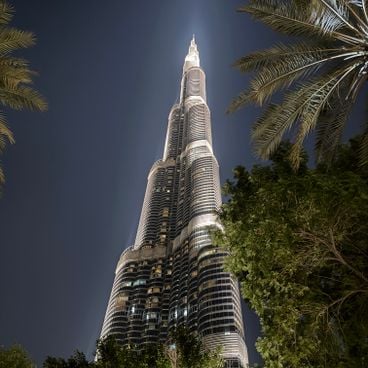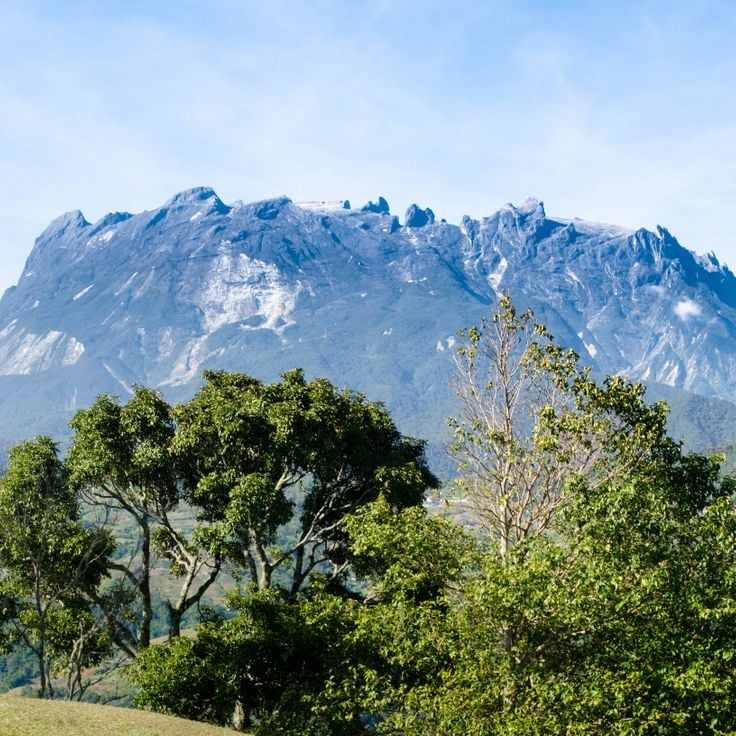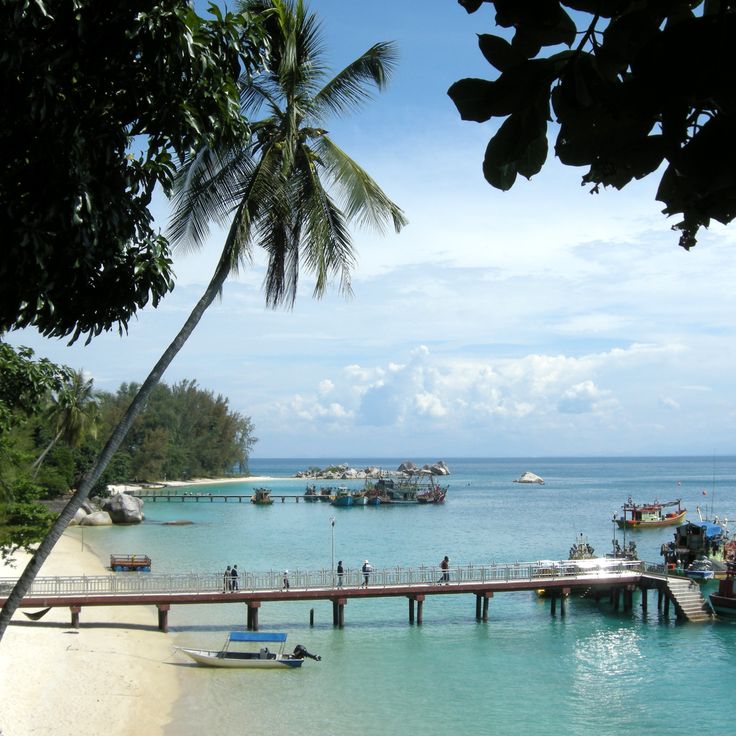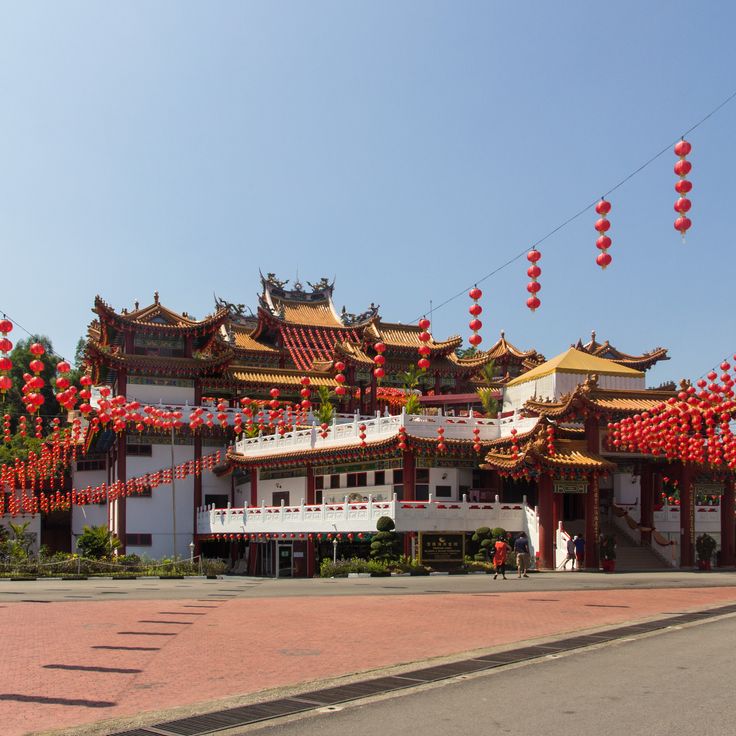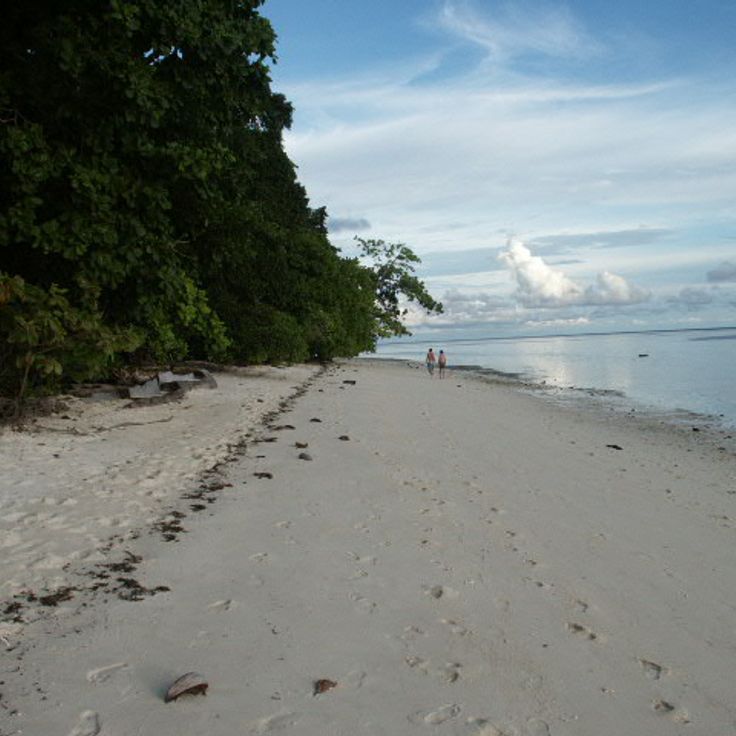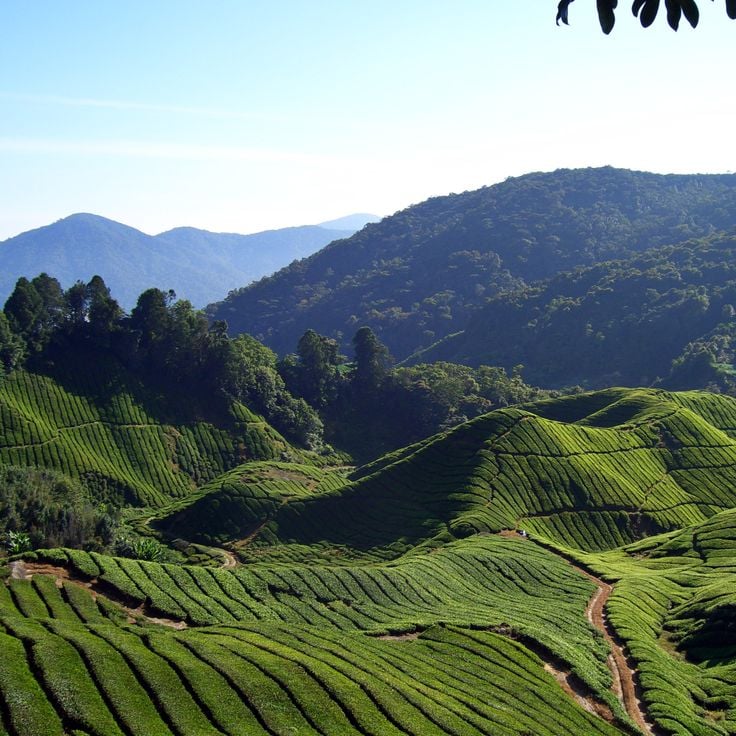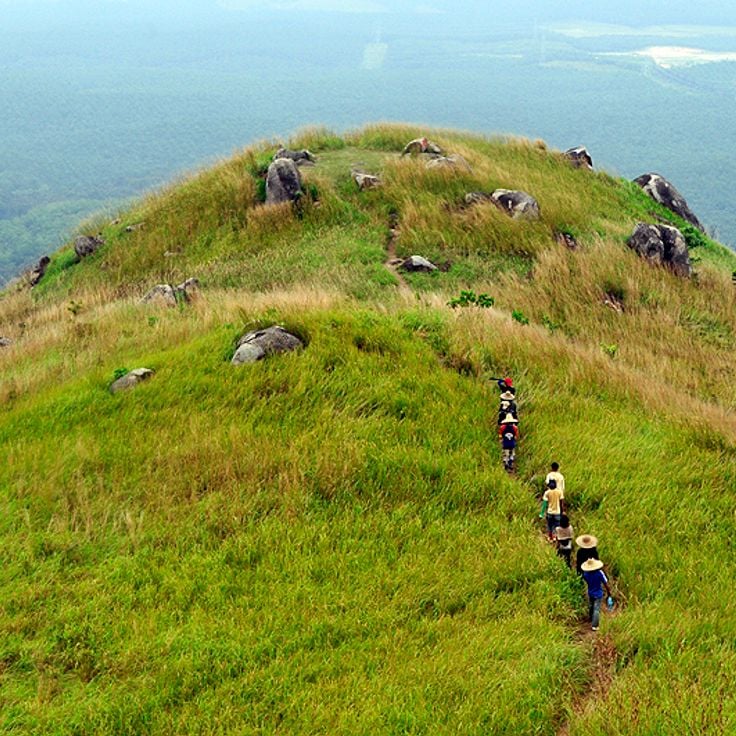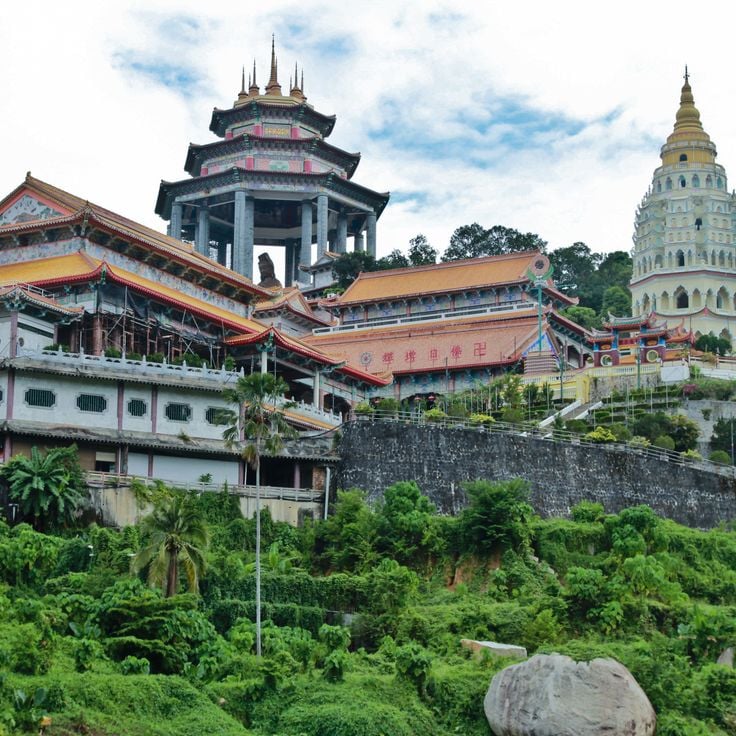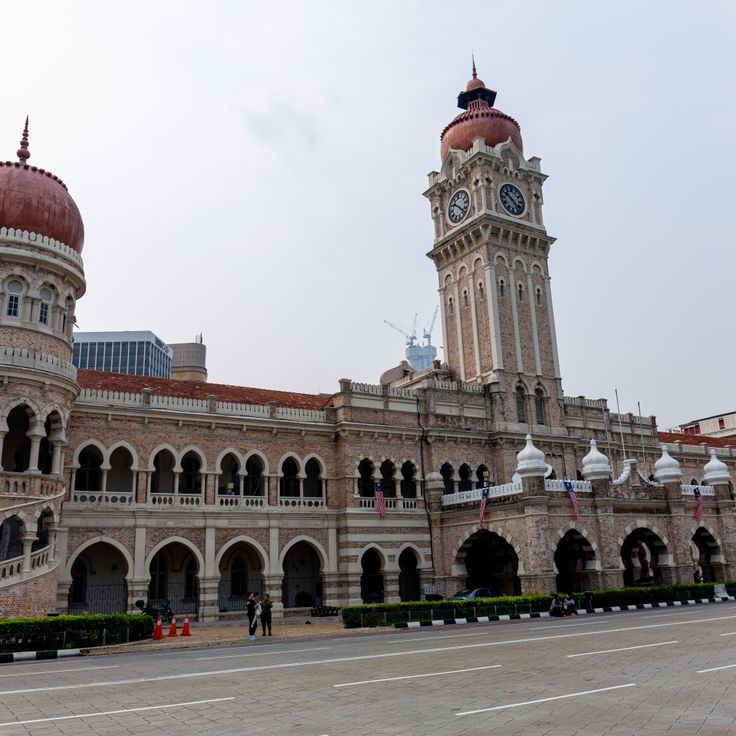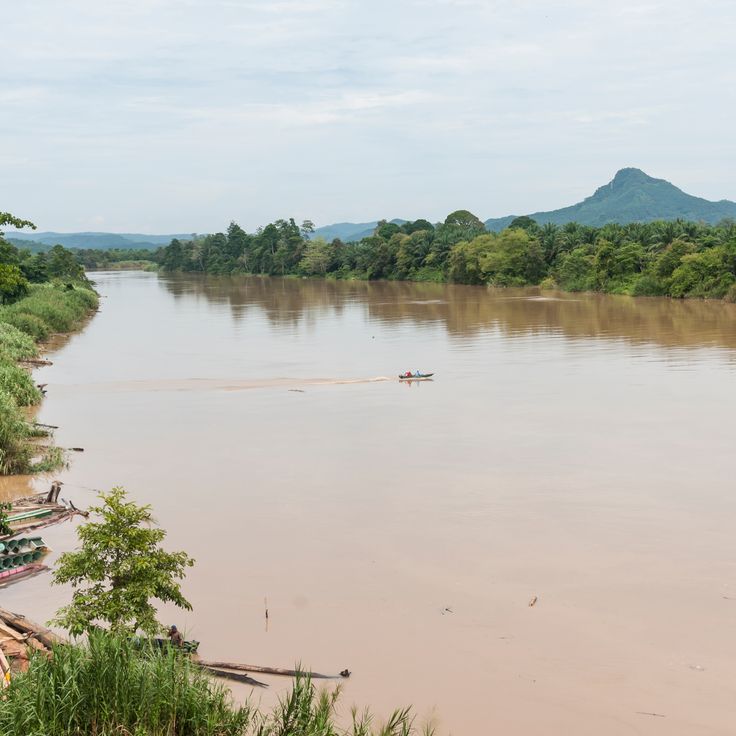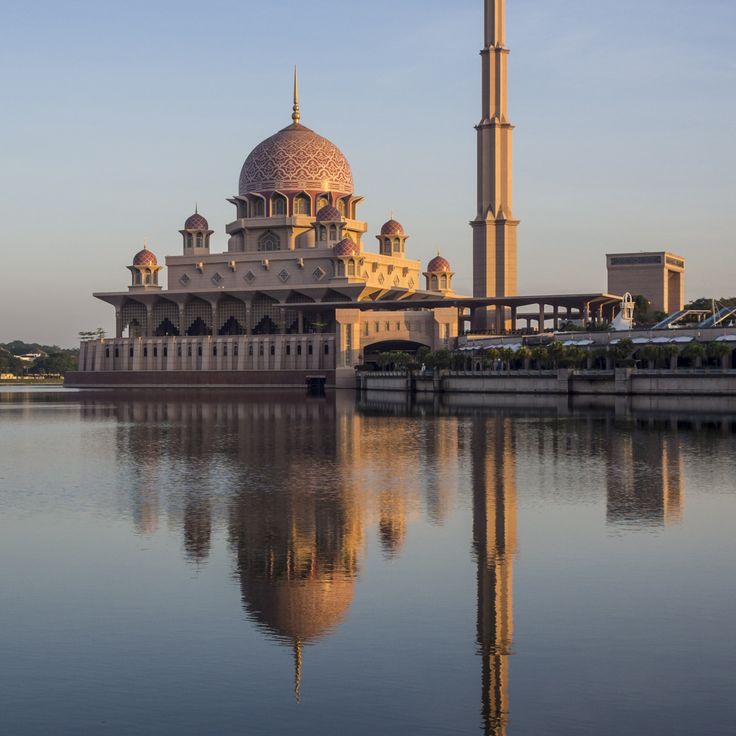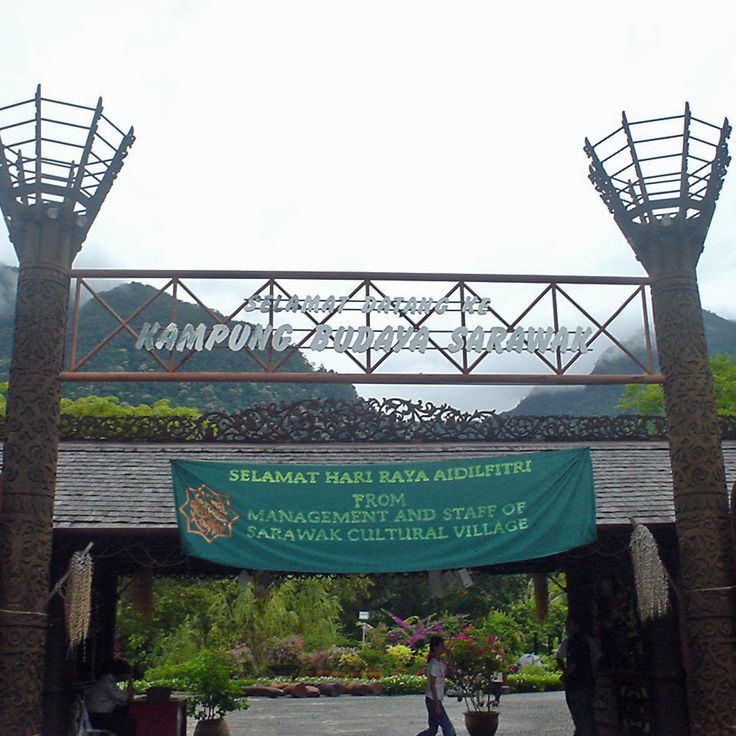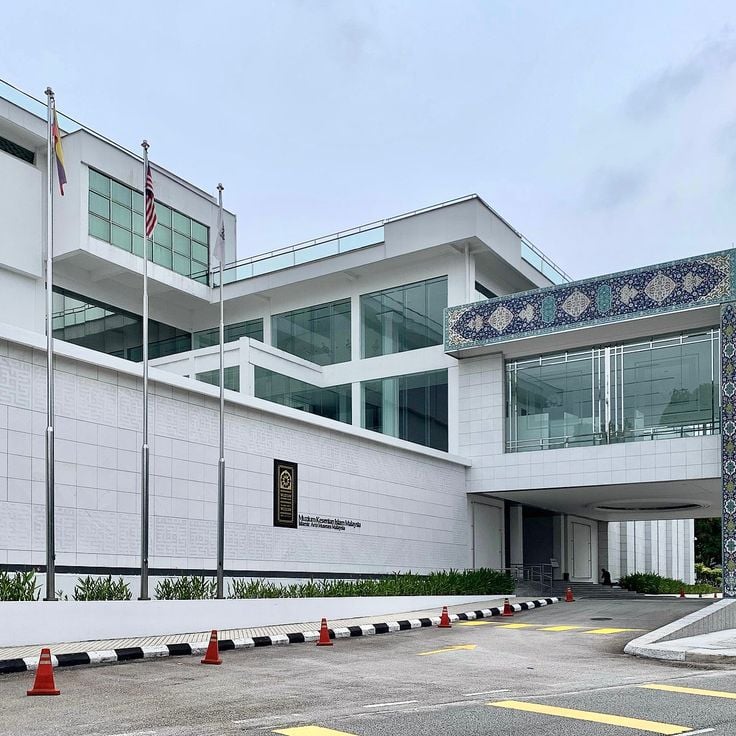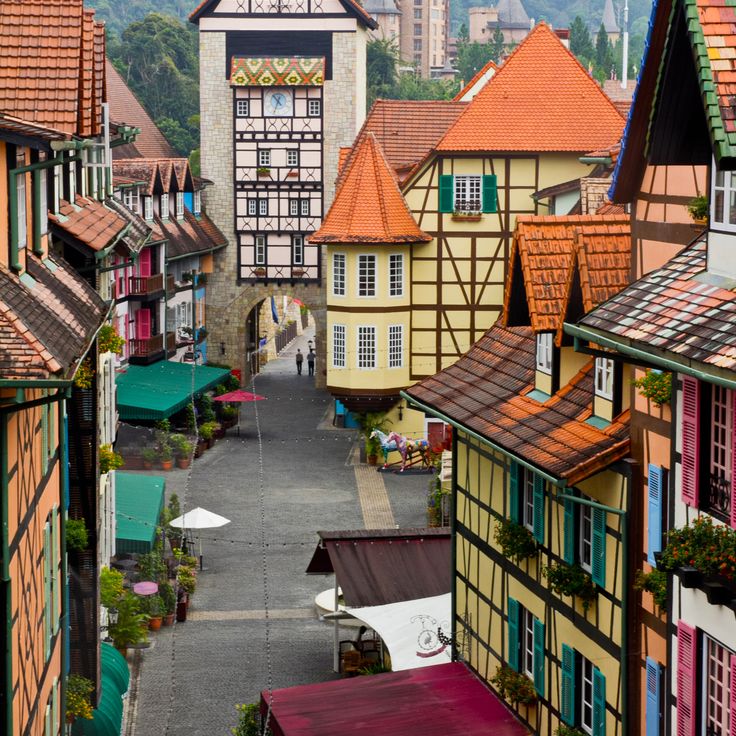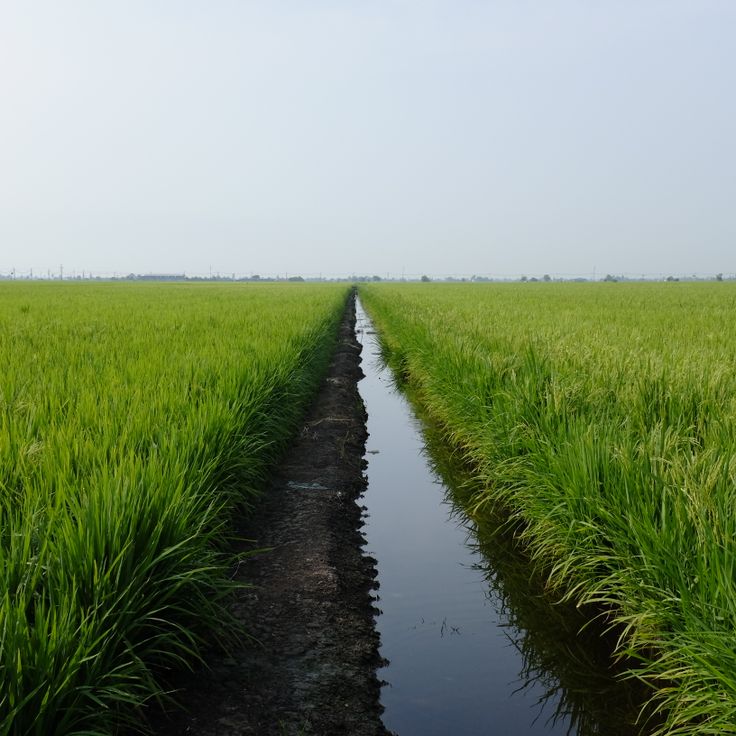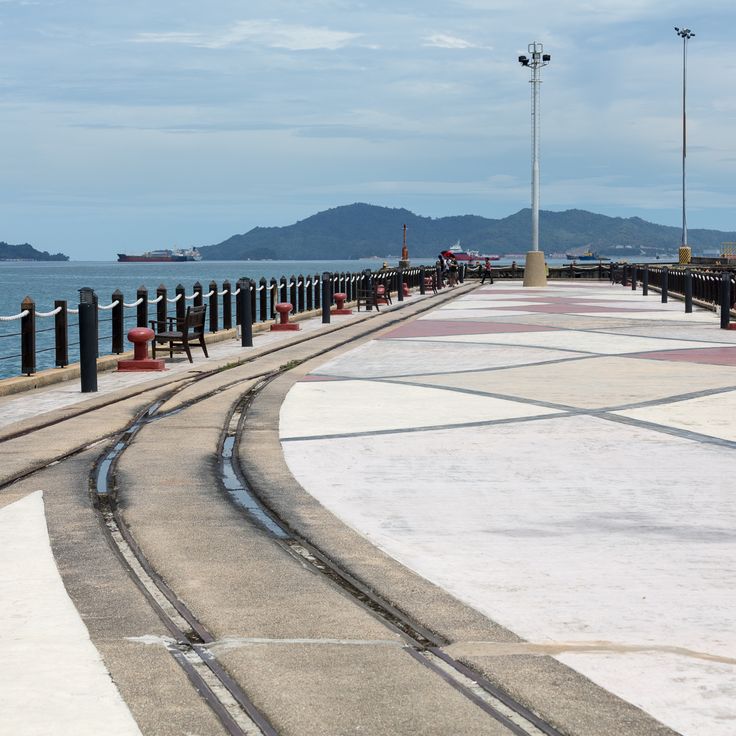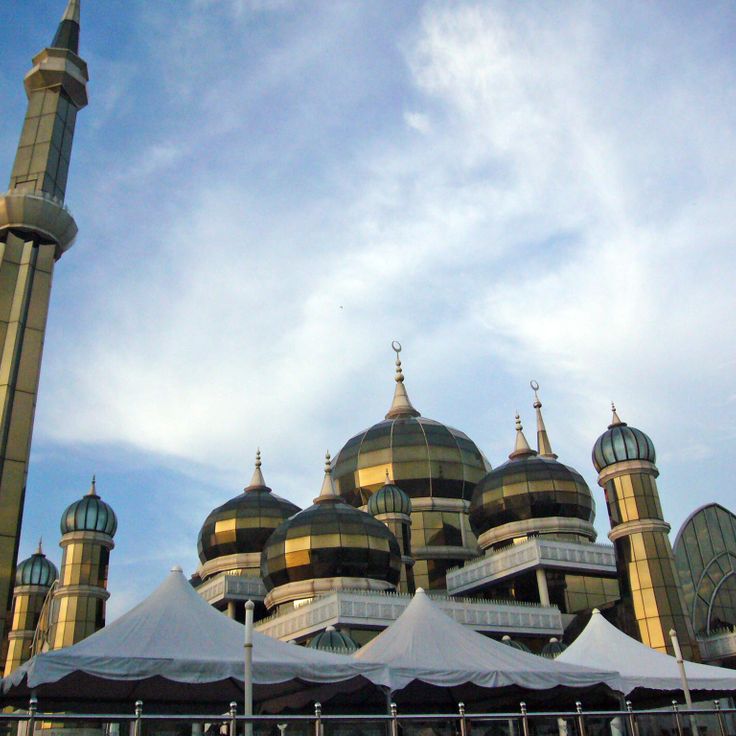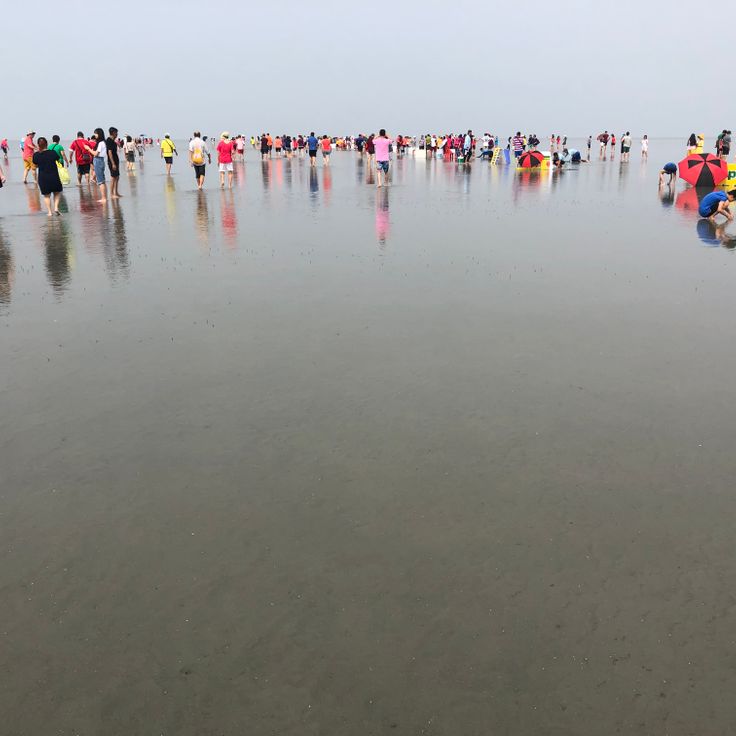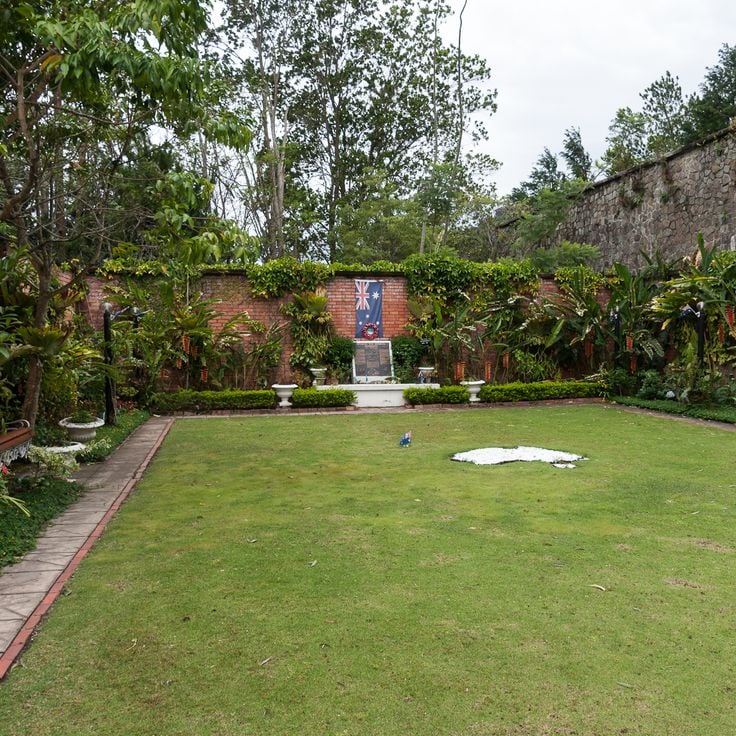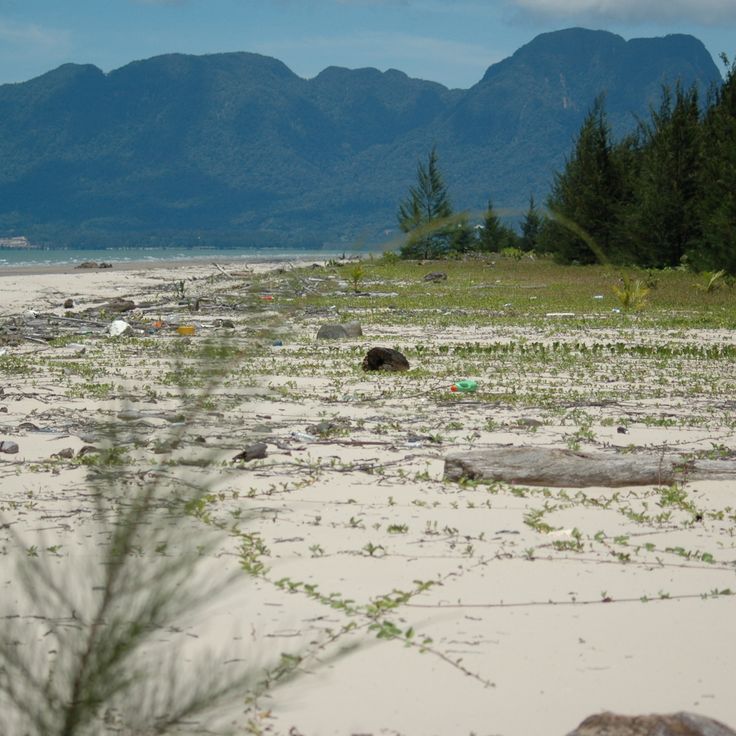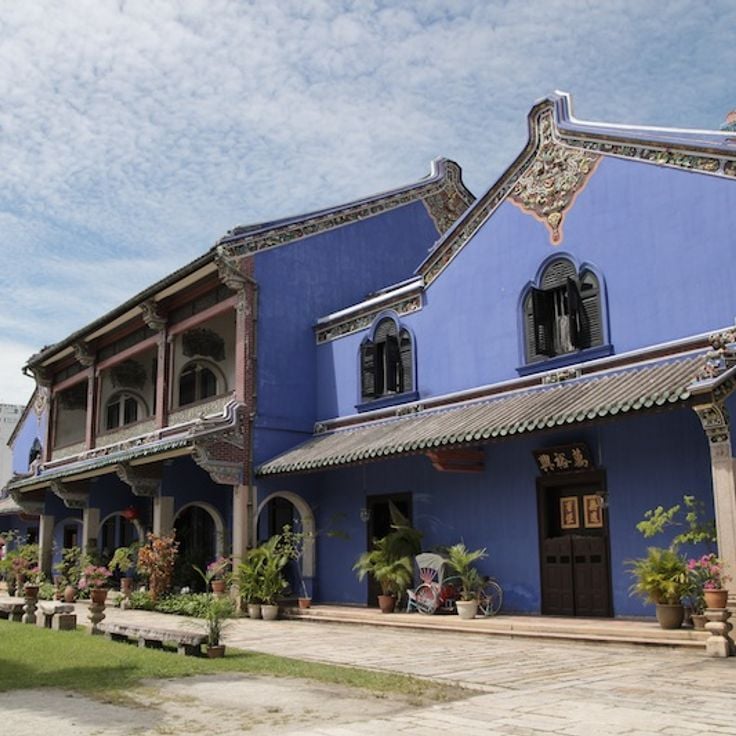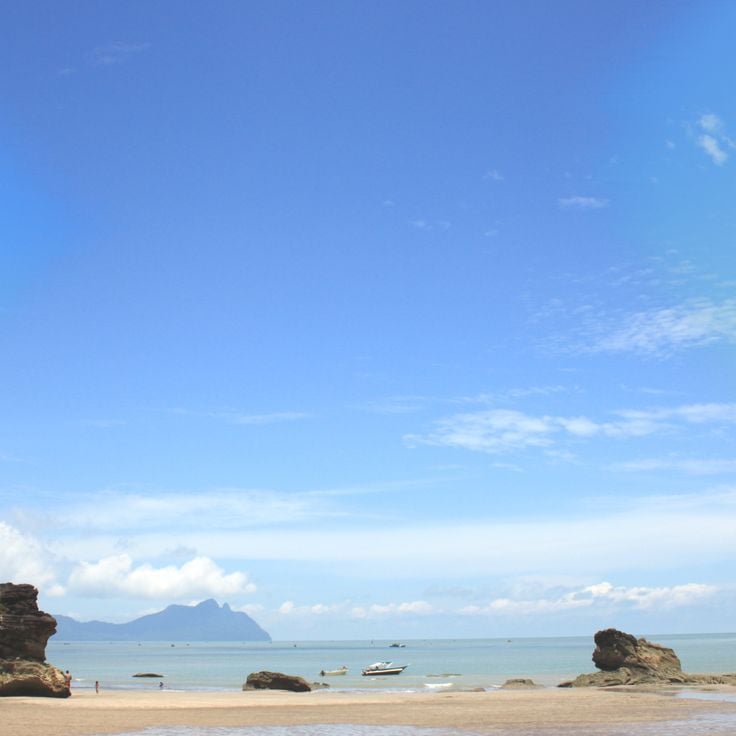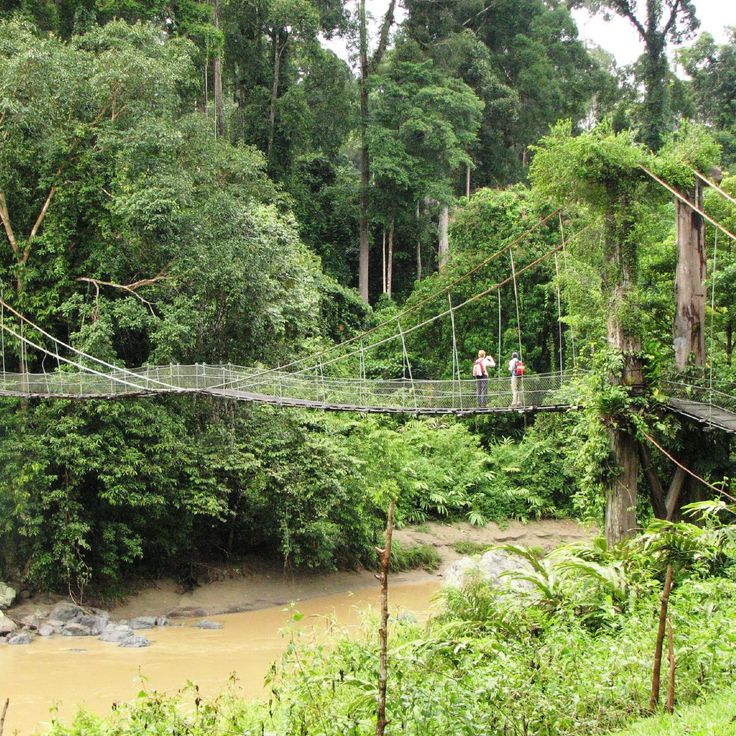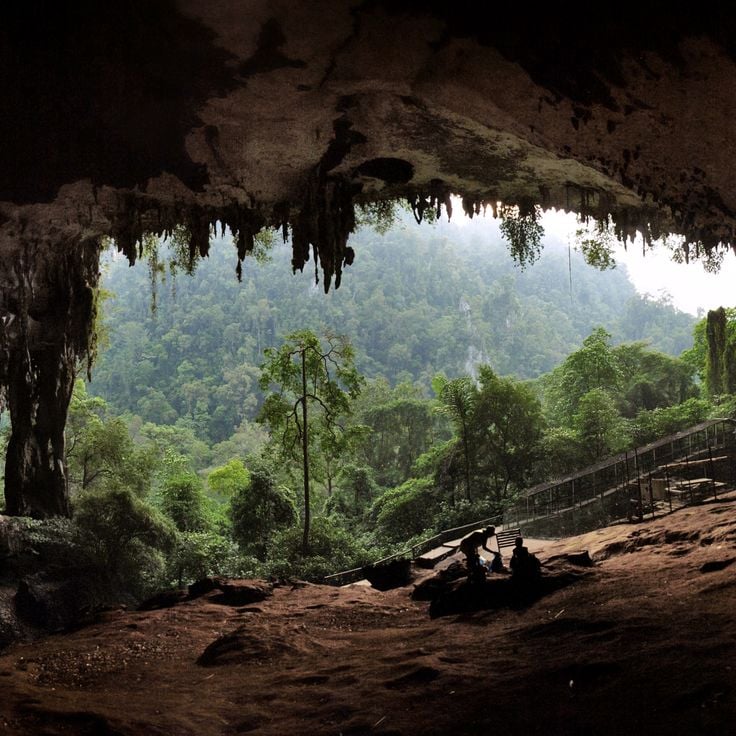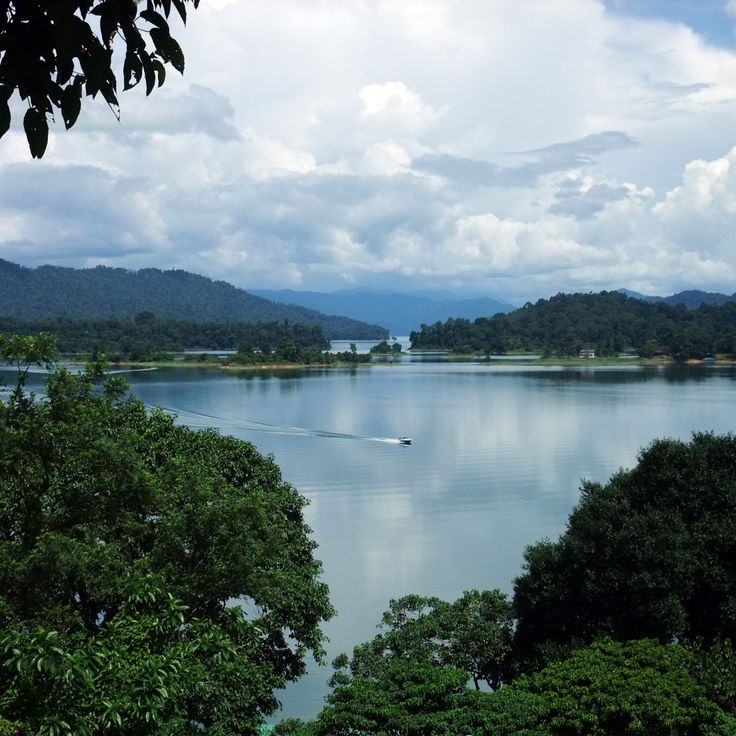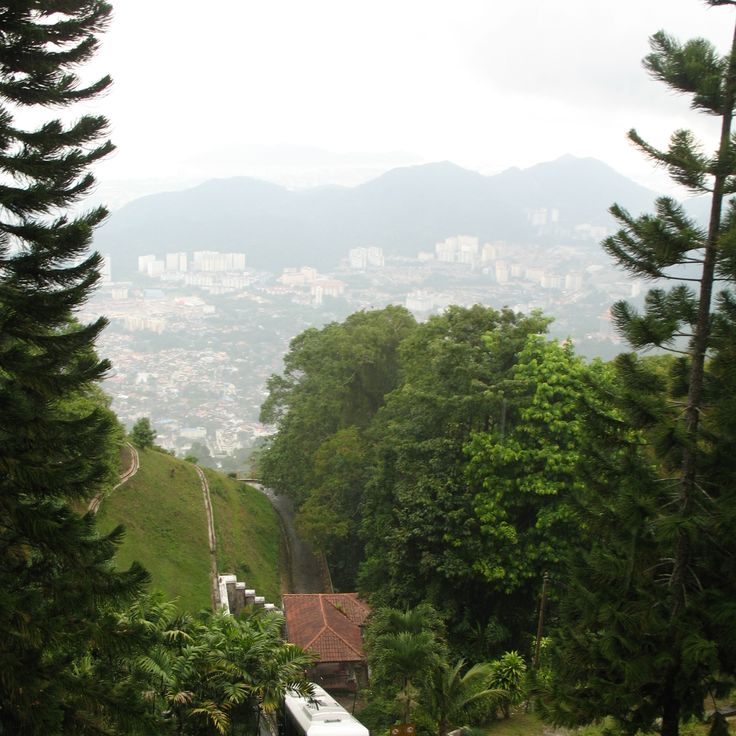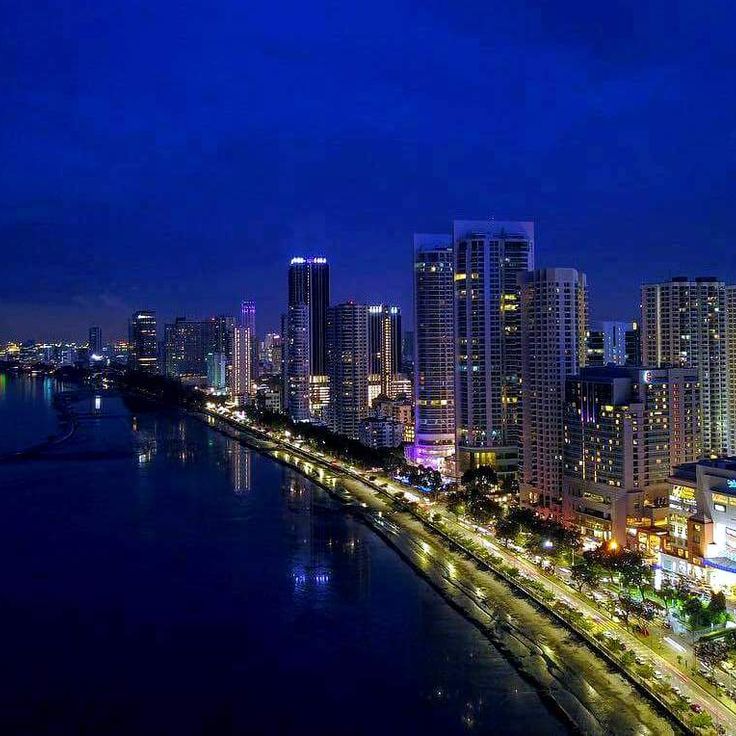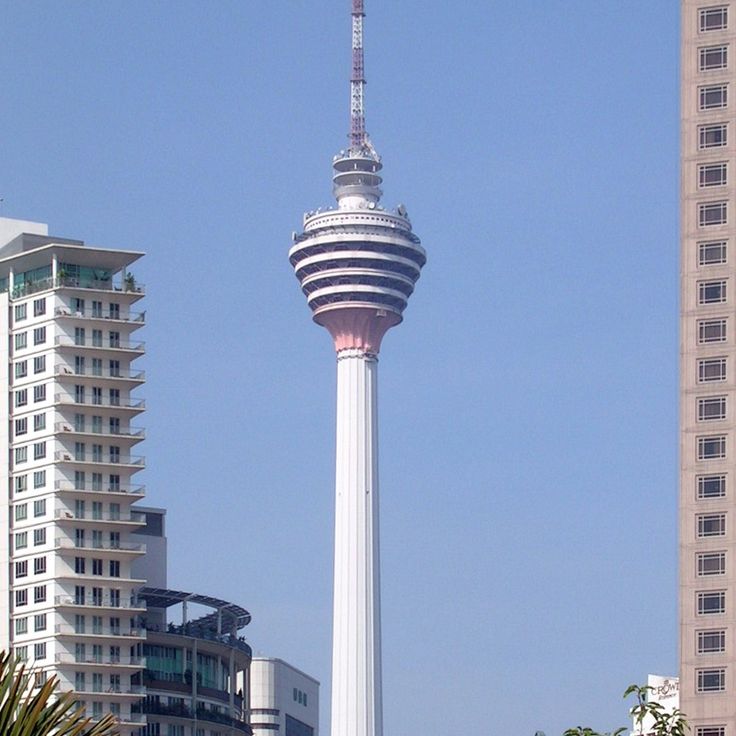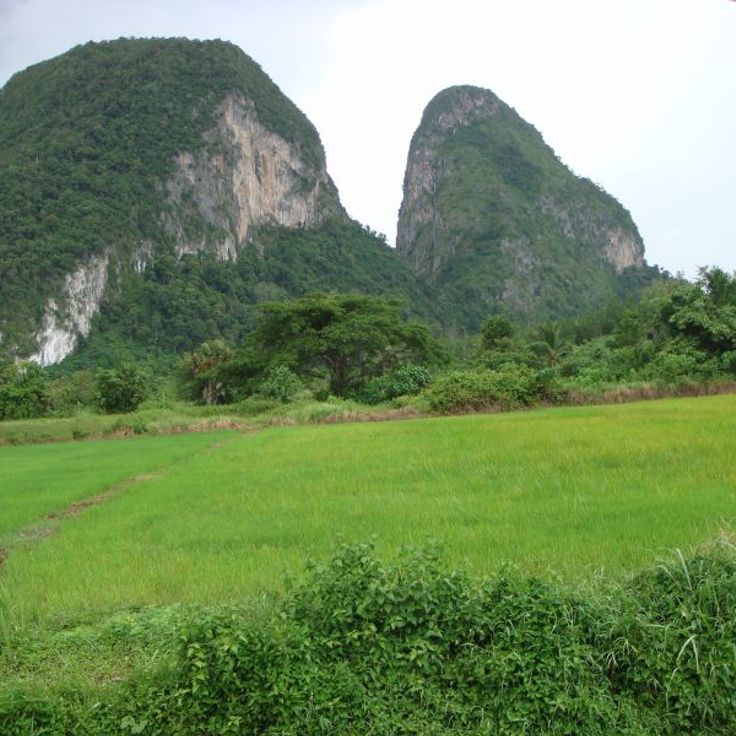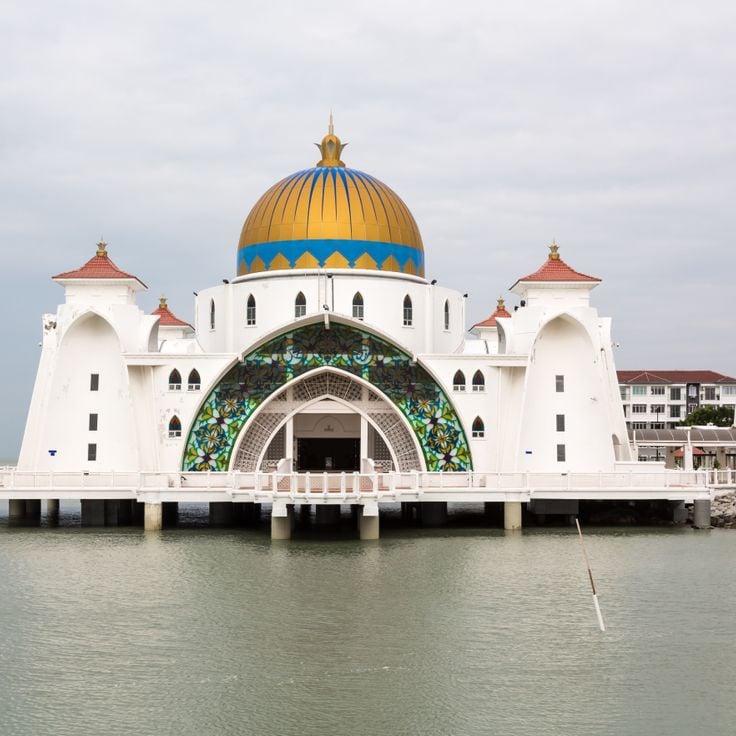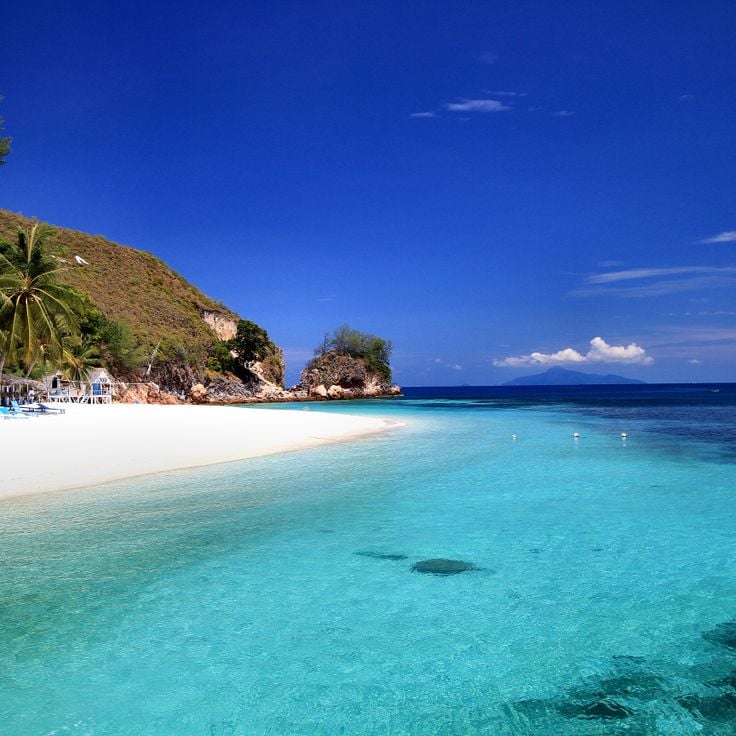Malaysia offers diverse photographic subjects from the Cameron Highlands with their tea plantations to the Petronas Towers in Kuala Lumpur. The landscape includes tropical rainforests in Borneo, limestone formations at Batu Caves, and coral reefs off the Perhentian Islands. Chinese temples in Georgetown, rice fields in Kedah, and mangrove forests in Langkawi complement the photographic opportunities. Architecture ranges from colonial buildings in Malacca to Hindu shrines and modern skyscrapers. The islands of Tioman and Sipadan attract underwater photographers, while Kinabatangan River provides wildlife photography opportunities. Urban markets, plantations, and coastal sections complete the offering for various photographic genres.
This mountain forest sits at 2000 meters altitude in Pahang state. The trees and forest floor are completely covered with moss. Frequent fog provides the necessary moisture that sustains this ecosystem. The green moss layer gives the landscape a characteristic appearance. The Mossy Forest belongs to the mountain forests of the Cameron Highlands and offers photographers interesting subjects with its dense vegetation.
The Petronas Towers are two skyscrapers located in central Kuala Lumpur. Each tower reaches a height of 452 meters across 88 floors. A two-story skybridge connects both structures at the 41st and 42nd floors at 170 meters elevation. The construction uses reinforced concrete with a stainless steel and glass facade. The floor plan follows Islamic geometric patterns with octagonal shapes.
The Batu Caves are located north of Kuala Lumpur and consist of several limestone caves spread across different levels. A monumental golden statue of Murugan marks the entrance, from where 272 steps lead up to the main caves. Inside, Hindu shrines and temples are built into the natural rock formations. The largest cave reaches over 100 meters in height with natural openings that allow daylight to filter through. This site serves as an important religious center and attracts thousands of pilgrims during the Thaipusam festival.
Mount Kinabalu rises to 4095 meters above sea level, forming the highest peak in Borneo. The granite massif formed through volcanic activity millions of years ago. The hiking trails pass through distinct vegetation zones: from lowland tropical rainforest through montane cloud forests to barren alpine highlands. The mountain hosts over 6000 plant species, including numerous endemic orchids and pitcher plants. Standard ascents begin at Timpohon Gate at approximately 1800 meters elevation and reach Low's Peak, the mountain's highest point, after two days of climbing.
The Perhentian Islands comprise two main islands: Pulau Perhentian Besar and Pulau Perhentian Kecil. These islands are located off the coast of Terengganu in the South China Sea. The waters surrounding the islands are clear, providing good visibility for underwater observation. The beaches extend for several kilometers and consist of fine sand. Below the water surface, various coral species and sea turtles inhabit the coastal waters, where they can be regularly observed. The islands serve as a base for diving and snorkeling activities.
The Thean Hou Temple rises six storeys on Robson Heights in Kuala Lumpur and ranks among the largest Chinese temples in Southeast Asia. Completed in 1987, this structure combines elements of Buddhism, Taoism and Confucianism. The main hall honours the goddess Tian Hou, patroness of seafarers. Red pillars and ornate dragon figures in Ming Dynasty style define the facade. The multi-level architecture follows traditional Chinese building methods with curved roofs and detailed carvings. The upper levels provide views across the city. This temple functions as a religious centre and sees increased activity during Chinese New Year and the Mid-Autumn Festival.
The Langkawi Sky Bridge is a 125-meter pedestrian bridge suspended 660 meters above sea level. This curved structure connects two mountain peaks and allows visitors to walk along a narrow pathway held by steel cables. From the bridge, views extend over Gunung Mat Chinchang, the surrounding rainforest, and the coastline of the Andaman Sea. Access is provided by a cable car that ascends from the mountain base to the upper station.
Sipadan Island rises as an underwater volcanic cone from depths exceeding 600 meters. The reef hosts over 3,000 fish species and several hundred coral species. Green and hawksbill turtles nest regularly on the beaches. Large schools of barracuda and mackerel move through the waters. Hammerhead sharks, reef sharks, and Napoleon wrasse inhabit the vertical walls. Underwater visibility frequently reaches 30 to 40 meters. Diving takes place along vertical coral walls and through underwater caves.
The Cameron Highlands sit at an elevation of 1500 meters in the mountains of Pahang. This agricultural region produces tea, strawberries, and various vegetables on terraced hillsides. The plantations stretch across the green hills and provide insights into the cultivation of tropical crops in cooler climate. Visitors can walk through the tea plantations and tour the processing facilities.
Broga Hill rises 400 meters above sea level and offers a hiking trail through open grasslands. The ascent takes approximately one hour and passes through three successive hills. From the summits, views extend across oil palm plantations, the Titiwangsa Mountains, and surrounding valleys. Many hikers begin their trek before sunrise to experience the early morning hours. The trail combines gentle slopes with steeper sections through the grassland.
Kek Lok Si Temple rises across seven levels on the hillside of Ayer Itam. The complex combines buildings of different Asian architectural styles, including Chinese pagodas, Thai roofs and Burmese towers. The site houses prayer halls, gardens with ponds and numerous statues. The seven-storey Pagoda of Ten Thousand Buddhas forms the central structure of the complex.
Redang Island is located off the eastern coast of Peninsular Malaysia in the South China Sea. The beaches consist of white coral sand and extend along the coastline. The waters surrounding the island contain coral reefs with various species of hard and soft corals. Sea turtles regularly come ashore to nest on the beaches. The reefs support numerous tropical fish species, including parrotfish, surgeonfish, and butterflyfish. Underwater visibility frequently reaches 20 to 30 meters. The island is part of a marine park and subject to conservation regulations. Several dive sites are located at different depths around the island.
The Sultan Abdul Samad Building was constructed between 1894 and 1897 during the British colonial period. The facade combines Victorian architecture with Moorish design elements, including horseshoe arches and geometric patterns. Three copper onion domes crown the structure, with the central clock tower rising 40 meters high. The building originally served as the administrative seat of the British colonial government and now houses the Ministry of Information, Communications and Culture. The 95-meter-long facade features red brick and white accents, situated at Merdeka Square, the historical center of Kuala Lumpur.
The Kinabatangan River is a 560-kilometer waterway flowing through the Malaysian state of Sabah in Borneo. Its banks are lined with mangroves and tropical rainforests that provide habitat for diverse wildlife. This river system supports populations of orangutans, pygmy elephants, proboscis monkeys, hornbills, and saltwater crocodiles. The river passes through several protected areas and conservation zones. Boat trips along the Kinabatangan allow observation of animals in their natural environment, with the vegetation ranging from freshwater swamp forests upstream to coastal mangrove ecosystems.
The Putra Mosque was constructed using rose-tinted granite and combines Malaysian tradition with Persian architectural elements. The minaret rises 116 meters and dominates the Putrajaya skyline. The main prayer hall spans three floors and accommodates up to 15,000 worshippers. The complex sits directly on the shore of Putrajaya Lake and reflects in the water. The central dome measures 50 meters in diameter and is surrounded by smaller domes. Interior walls feature calligraphy and geometric patterns throughout the structure.
The Rainforest World Music Festival takes place annually at the Sarawak Cultural Village, bringing together international musicians with local artists from Borneo. This three-day event features performances on multiple stages, including afternoon workshops where visitors can learn about traditional instruments. Evening concerts occur in an open-air arena, combining world music with indigenous sounds from Dayak communities. The festival attracts music enthusiasts from various countries and provides opportunities for cultural exchange.
The Islamic Arts Museum houses a collection of 12,000 objects displayed across twelve thematic galleries. The exhibits include illuminated Quranic manuscripts, historical textiles, ceramic works, and detailed architectural models of significant mosques. The building itself combines modern architecture with traditional Islamic design elements such as geometric patterns and calligraphy. The galleries document the artistic development of Islamic cultures from Spain to China across several centuries.
Colmar Tropicale is a French-inspired hotel complex located in the hills of Bukit Tinggi. The resort replicates the architecture of the 16th-century Alsatian town of Colmar, featuring half-timbered houses, cobblestone streets and a central square. The buildings display typical regional characteristics including colorful facades, wooden balconies and flower boxes. The grounds include a clock tower, fountains and gardens. The complex operates as a hotel and event venue, offering restaurants, shops and entertainment facilities within this European setting surrounded by Malaysian rainforest.
The rice fields of Sekinchan cover 4000 hectares in Selangor state and represent one of Malaysia's primary rice production areas. This agricultural zone employs mechanized farming methods and modern irrigation systems. Visitors can observe the different growth stages of rice, from green seedlings to golden harvest periods. The fields display changing colors depending on the season and cultivation cycles. Several viewing points provide perspectives over the expansive cultivation areas. Local cooperatives organize tours through the rice mills and explain the processing steps from paddy to white rice.
Jesselton Point Waterfront serves as the main ferry terminal for journeys to the islands of Tunku Abdul Rahman Marine Park. The terminal features multiple ticketing counters for different ferry operators and provides regular connections to the park's five islands. Local restaurants along the waterfront serve seafood and Malaysian cuisine. The facility sits directly on the South China Sea with views of the offshore islands. Photographers find subjects ranging from traditional wooden boats to modern speedboats and daily harbor operations.
The Crystal Mosque in Terengganu combines steel and glass in its construction. Night lighting creates luminous effects through the transparent walls. The mosque stands on an artificial island within the Islamic Heritage Park. The glass facades reflect daylight and enhance the architectural geometry. The four minarets rise from the steel structure. The mosque accommodates several thousand worshippers.
Bukit Fraser sits at 1524 meters elevation in the Pahang highlands and preserves numerous buildings from the British colonial period. This hill station was developed in the 1920s and served as a retreat from the tropical heat of the lowlands. The average temperature remains at 22 degrees Celsius, providing comfortable conditions for outdoor activities. The architecture includes Tudor-style bungalows, administrative buildings, and an Anglican church. The surrounding montane forests host various bird species and plant life. Several trails wind through the forested slopes and provide access to waterfalls and viewpoints overlooking the Pahang valley.
Sky Mirror is a sandbank phenomenon off the coast of Selangor that emerges twice daily during low tide. The shallow water above the sand creates a reflective surface that mirrors the sky above. This natural occurrence attracts photographers who capture the interplay between water, sand and cloud formations. The sandbank lies approximately eight kilometres from the mainland and remains accessible only during specific tidal windows.
The Kundasang War Memorial was established to commemorate the victims of the Sandakan Death March during World War II. This site features four themed gardens dedicated to Australian and British forces, as well as civilians who lost their lives during the Japanese occupation of Borneo. The memorial provides a space for reflection within the Sabah landscape and documents the historical events of this dark period through plaques and maintained garden areas.
Taman Negara is one of the oldest rainforests on Earth, covering 4,343 square kilometers. The park hosts tigers, Asian elephants, tapirs, and over 300 bird species. The canopy walkway system reaches 45 meters in height and provides access to the treetop level. Visitors can undertake multi-day trekking expeditions and hike to waterfalls. The Tembeling River runs through the area and serves for boat trips. The region receives between 2,000 and 3,000 millimeters of rainfall annually.
This 1880 mansion combines Chinese architecture with indigo lime-washed walls and detailed wood carvings throughout its interior spaces. The traditional structure showcases Peranakan craftsmanship with distinctive colour schemes and ornamental details. The rooms feature period furniture and decorative elements from the colonial era.
The Taiping Lake Gardens were established in the 19th century on the site of a former tin mine and rank among Malaysia's oldest public parks. The gardens feature several interconnected lakes bordered by centuries-old rain trees. These trees form natural canopies over the pathways and water surfaces with their spreading branches. Water lilies and other aquatic plants cover large sections of the lakes. Numerous bird species inhabit the area, including herons and kingfishers. The gardens are located at the foot of Bukit Larut and benefit from the region's high rainfall, which sustains permanently green vegetation.
Bako National Park was established in 1957 and covers an area of 27 square kilometers along the coast of Sarawak. The protected area contains seven distinct ecosystems, including mangrove forests, kerangas forests, and sandstone formations with prominent cliffs. Proboscis monkeys inhabit their natural habitat here, alongside bearded pigs, macaques, and over 150 documented bird species. The coastline displays geological formations with red and white sandstone rocks shaped by erosion.
The Danum Valley Conservation Area covers 438 square kilometers of primary rainforest in eastern Sabah. This protected zone contains one of the oldest rainforest landscapes in Southeast Asia, with trees reaching up to 70 meters in height. The reserve provides habitat for orangutans, Borneo pygmy elephants, clouded leopards, and over 300 bird species. Several research stations support scientific studies on biodiversity. The region features walking trails along the Danum River and canopy observation platforms. The area is located approximately 80 kilometers west of Lahad Datu and is accessible only with special permission.
Kuala Selangor Nature Park covers 296 hectares of protected mangrove forests and wetlands along the coast. The reserve shelters numerous bird species, monkeys and other wildlife. The riverbanks are known for fireflies that appear after nightfall. Several walking trails lead through the different ecosystems of the park. Observation towers provide views of the wildlife and vegetation. The area serves as an important habitat for migratory birds.
The Niah Caves are located within the Gunung Subis limestone massif and provide insight into the prehistoric settlement of Borneo. Archaeologists have discovered stone tools, pottery fragments, and human remains here, dated to approximately 40,000 years ago. The main cave extends through several chambers with natural openings that allow daylight to enter. Wooden walkways lead through the cave system and provide access to the excavation sites. The caves are still used today by bird nest collectors who harvest valuable swiftlet nests for Chinese cuisine.
Lake Kenyir was formed in 1985 following the construction of the Kenyir Dam on the Kenyir River. This artificial reservoir covers 260 square kilometers and serves primarily as a hydroelectric power source. The lake encompasses several hundred islands and supports a tropical rainforest ecosystem with numerous waterfalls. The area provides opportunities for boat tours, fishing expeditions, and wildlife observation. The surrounding region offers access to cave systems and jungle trekking trails through dense forest.
Penang Hill rises 833 metres above sea level and provides panoramic views across the entire island. The hill station was established in the 19th century as a retreat from the tropical heat of the coastal areas. A funicular railway has connected the base station to the summit since 1923, covering a distance of approximately 2 kilometres. At the top, several observation platforms allow photographers to capture Georgetown city, the Malacca Strait, and on clear days, the Malaysian mainland. The temperature averages 5 degrees lower than at sea level. Various hiking trails traverse the forested slopes and lead to historic colonial buildings that served as summer residences. The summit features dining facilities and a Hindu temple. The best lighting conditions for photography occur during early morning and late afternoon, when the sun illuminates the coastline and the Strait of Malacca.
Gurney Drive runs along the northern coast of Penang, connecting Georgetown to Tanjung Bungah. This waterfront promenade attracts locals and visitors who come to sample Malaysian dishes at its many restaurants and street food stalls. In the late afternoon, the pavements fill with people watching the sunset over the Strait of Malacca. The seafront area provides seating areas and open spaces for relaxation.
Menara Kuala Lumpur is a television and telecommunications tower rising from Bukit Nanas hill in the center of the Malaysian capital. The structure reaches a height of 421 meters and features two observation levels accessible to visitors via glass elevators. The main observation deck sits at 276 meters and provides panoramic views of the city and surrounding areas. Above this level, an open-air observation platform offers additional viewing opportunities. The tower houses a revolving restaurant that rotates on its axis during dining, allowing guests to experience changing perspectives of Kuala Lumpur. The tower's base sits within a forested hill that includes a botanical park featuring tropical plant species.
These limestone hills extend across an area of 5000 hectares in Malaysia's northernmost state. The formations consist of weathered limestone shaped by tectonic and erosive processes. The area displays various geological structures, including caves, rock faces, and karren formations. Tropical vegetation covers the landscape, growing between the rock formations. The limestone massif forms a geological transition between the Thai and Malaysian karst landscapes.
The Malacca Straits Mosque stands on stilts above the water and appears separated from the mainland during high tide. The white building features a two-story minaret and a golden dome. The architecture combines Malay and Middle Eastern elements. At high tide, the structure reflects in the water surface. Access is provided by a walkway connecting the mosque to the shore. The complex is located on the west coast of the Malay Peninsula and serves as a prayer house for the local community.
Rawa Island sits in the South China Sea off the coast of Johor. Its beaches feature white sand shorelines. The surrounding waters provide clear conditions for underwater photography of coral reefs and tropical fish species. The island offers several dive sites accessible from the shore. Photographers will find opportunities for coastal landscapes and marine subjects. Access is by boat from Mersing.
Similar collections
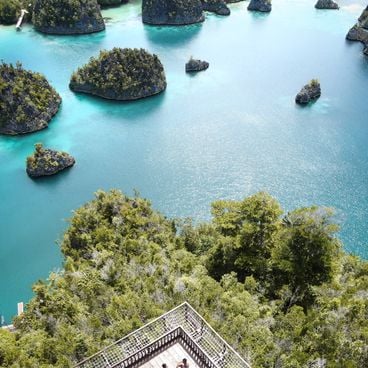
Southeast asia natural and cultural destinations

The most impressive bridges in the world
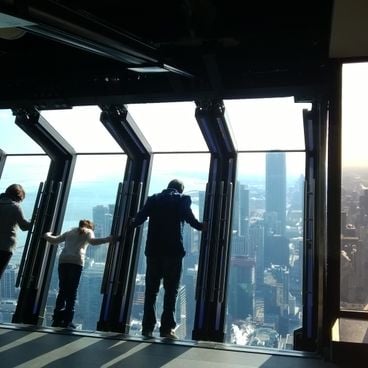
Places in the world with dizzying heights: high sites, suspended platforms, and thrill-inducing panoramas
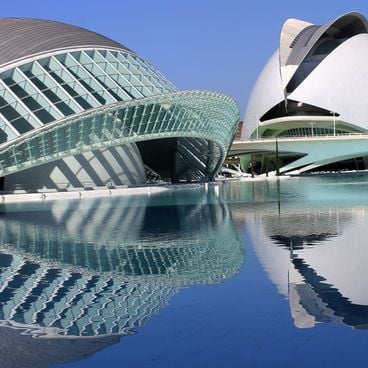
Modern 21st-century architecture: skyscrapers, museums, and landmark buildings
